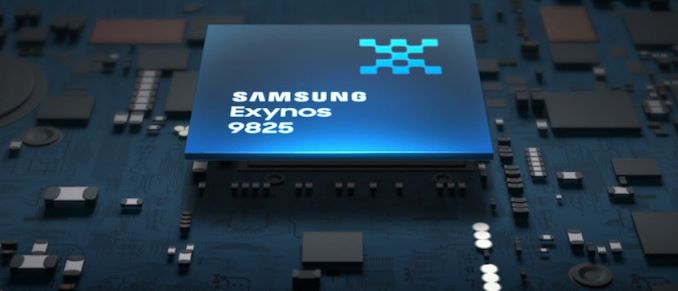Exynos 9825
This year’s Galaxy S10 has been in a bit of an odd situation: Although Samsung continued to dual-source its SoCs, using both its own Exynos 9820 SoC as well as Qualcomm’s Snapdragon 855, the phone found itself in the unusual situation of pitting 8nm silicon against 7nm silicon from TSMC. So although the new Exynos 9820 did fairly well in testing and improved a lot over the Exynos 9810, the chip seemingly still had disadvantages against the competition when it came to power efficiency, likely linked to its process technology disadvantages. On top of the power efficiency disadvantages, the chip also had a notable die area disadvantage versus the Snapdragon, coming in at 127mm² versus the smaller 73mm² competition. Samsung’s 7nm EUV process node was...









